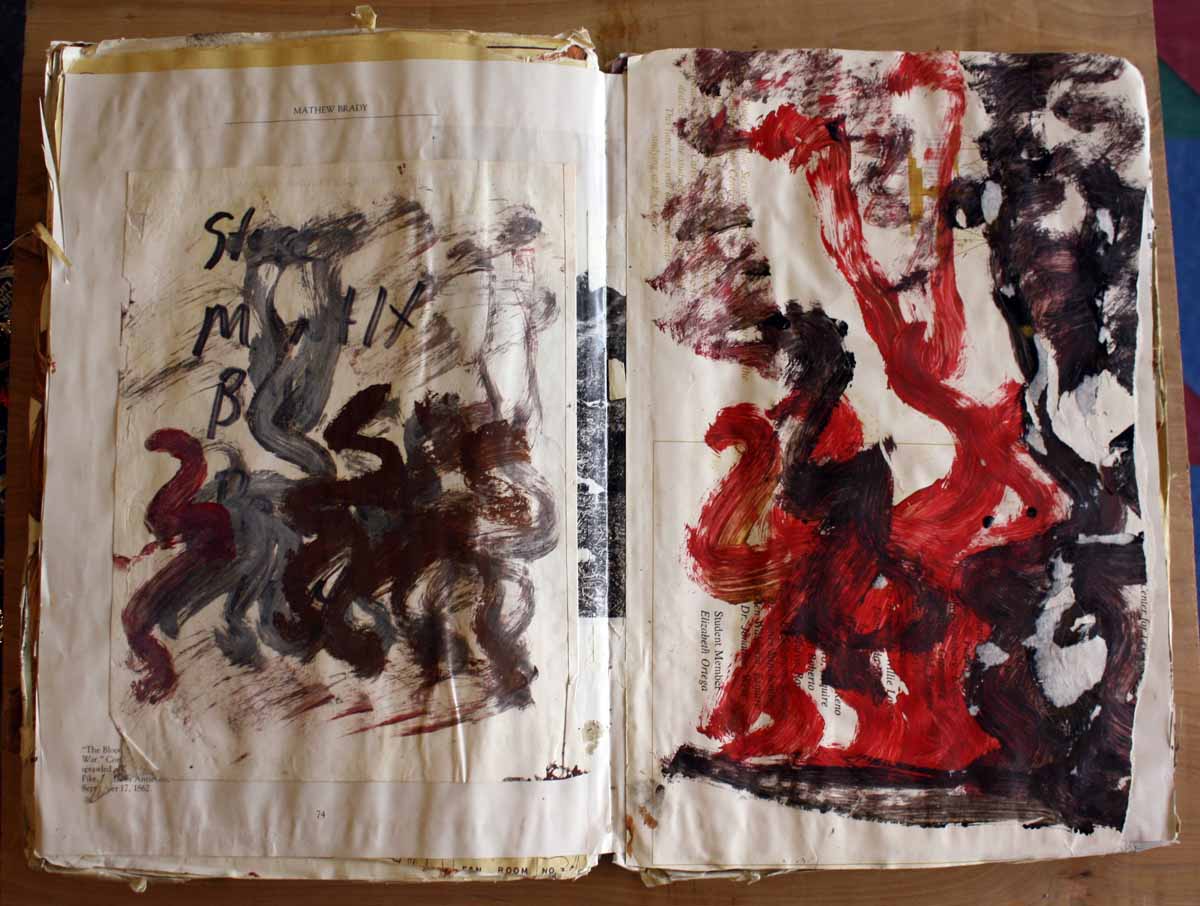Preparing Your Art For A Residential Move
Packing and transporting artworks safely involves the consideration of factors the most basic of which is being removed from the protective environment of your home or studio. Moving a work of art requires safeguards for handling, storage and reinstallation that are often beyond your control.
Of course, works of art are constantly being packed and shipped around the world for a multitude of exhibitions. Learning and applying some of those same principles will ensure that your personal art collection is protected and handled properly during any move from one residence to another.
One of the first questions you need to ask yourself is under what circumstances are you transporting your art. Is the weather a factor, for instance. The physical object, be it a painting, sculpture, photograph, or work-on-paper, needs to be determined how best it should packed for maximum protection. Professional art transporters can be hired to wrap, pack and crate your art, but there are things you can accomplish by yourself in your own home or studio.
It is crucially important to have and use acid-free materials for storage and presentation because of concerns of archival quality. Even in the most controlled travel situation weather fluctuations and movement are bound to exceed the relative stability of storage and display areas.
The purpose of this quality of packing is to keep the art object free of dirt, dust, to pad it, and protect it from water and spills. First, cover the art in a wrapping of soft, acid-free, moisture absorbent material, such as glassine or tissue paper. A secondary plastic wrapping will shield the work in the even of accidental flooding or spills.
Artists commonly wrap art only with plastic sheeting. This is not a good idea because in addition to promoting condensation, plastic sheeting can become charged with static electricity and, as a result, attract dust and dirt to the work’s surface. Never use plastic wrap on unframed works of art-on-paper with powdery pigments, such as pastels or charcoal. Plastic wrapping also has the potential to fuse with varnish and acrylic painting surfaces under high temperatures and humidity. Bubble wrap is another widely used protective wrapping however, care should be taken to wrap object with the bubble side facing out to minimize the risk of imprinting a bubble impression on the surface of the art work. Bubble wrap can not be recycled, but padded packing foam can. It is very easy to use as you just wrap the padding around fragile items.
This is part of our ongoing series of articles on the care and handling of works of art.

![Reblog this post [with Zemanta]](http://img.zemanta.com/reblog_e.png?x-id=ae3ae1a7-8ad4-4d6c-bc6a-869096b80e46)